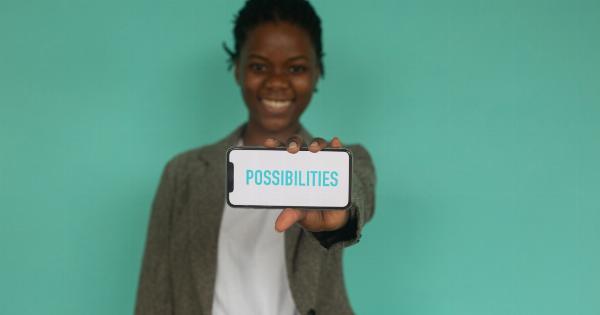Multiple personality disorder or dissociative identity disorder is a mental health condition that alters an individual’s personality, memory, and identity.
The changes may seem sudden and dramatic and can affect a person’s ability to function correctly. One symptom of dissociative identity disorder (DID) is “demonstrating” blindness during personality changes. A female who “demonstrates” sightlessness during personality changes may be suffering from DID.
This article shall explore the symptoms, causes, and treatments of DID.
What is Dissociative Identity Disorder (DID)?
DID is a mental health condition that involves the creation of two or more personalities or identities within an individual. Each character has its own way of perceiving the world, memories, behavior, and personality traits.
Additionally, the identities may come out alternately, each with its own distinct voice, body language, and speech style.
Most people with DID were subjected to severe emotional, physical, and sexual abuse in childhood.
The abuse can lead to a dissociative state, where the victim’s mind separates itself from the trauma and creates different identities and memory compartments. A woman may create an alternative identity to cope with the intense anxiety, sadness, or other negative emotions she experiences while undergoing repeated sexual assaults by her father.
The new personality may come out whenever the woman is experiencing stress or triggers associated with the trauma and take away the pain of the experience.
Symptoms of Dissociative Identity Disorder
The signs of DID are not always noticeable, and most people with the disorder do not even realize they have it. Specific symptoms of DID include:.
- Memory lapses or gaps in recollection
- Having conversations with oneself in a different accent or age
- Feeling as though one is watching themselves perform from outside of their body
- Hearing voices that may be of different genders
- Extreme mood swings
- Identity confusion
- Feeling disconnected from oneself and surroundings
- Difficulty with relationships and intimacy
- Feeling as if one is losing one’s mind
- Developing physical symptoms with no clear medical explanation
The Female Who “Demonstrates” Sightlessness During Personality Changes: A Symptom of DID
One strange symptom of DID is the “demonstration” of blindness or vision problems when a personality change takes place.
For instance, a person with DID may have good eyesight, but when an alternate identity takes over, they suddenly demonstrate an inability to see. They may start bumping into objects or require assistance with basic tasks, which they would typically do without any problems.
Experts do not entirely understand why this phenomenon happens, but they do know that it is a common symptom of people with DID. In some cases, identity changes may take place during the demonstration of sightlessness.
Diagnosis and Treatment of DID
A mental health professional, such as a psychiatrist or psychologist, can diagnose DID after a thorough evaluation of the symptoms, family history, and personal background. Treatment for DID usually involves psychotherapy and medication.
In psychotherapy, the therapist helps the individual identify and communicate with each of their alternative identities to work towards gaining control and integration of the different personalities.
The medication management may involve antipsychotic drugs and antidepressants as well as help manage anxiety symptoms. Treatment management of DID can be long and challenging, and it requires patience and dedication to overcome the disorder.
However, with persistence and the right medical attention, the individual with DID can lead a fulfilling life.
Conclusion
A female who demonstrates sightlessness during personality changes may be suffering from DID, a mental health condition that commonly affects those who suffered childhood abuse.
The disorder alters an individual’s personality, memories, and identities, with symptoms that include gaps in memory recollection, having conversations with oneself in different accents or age, feeling disconnected from oneself and surroundings, and identity confusion. Treatment for DID is possible with medication and psychotherapy, which can integrate the different personalities and help individuals live a fulfilling life.






























